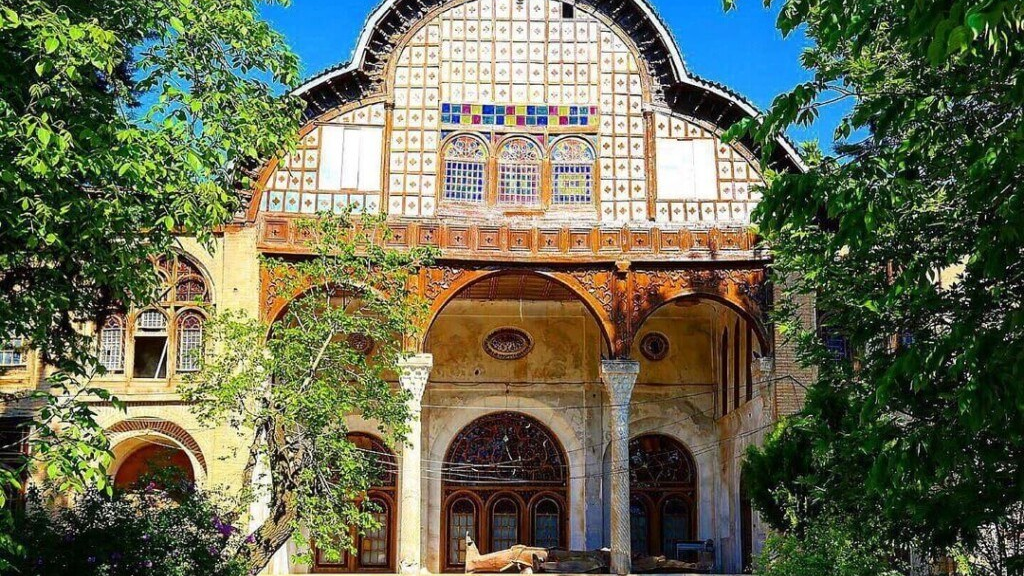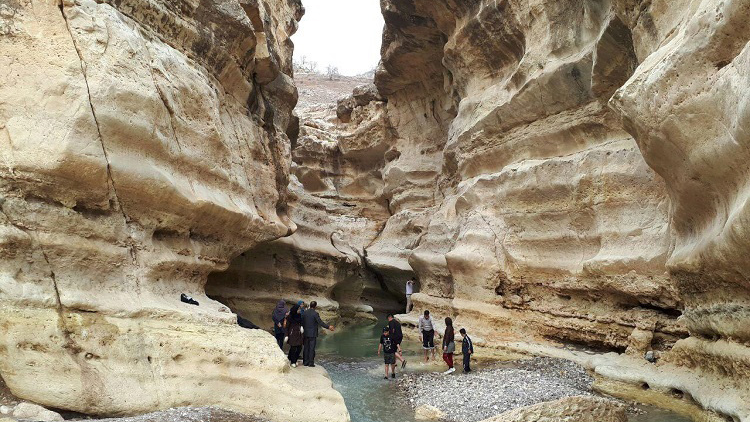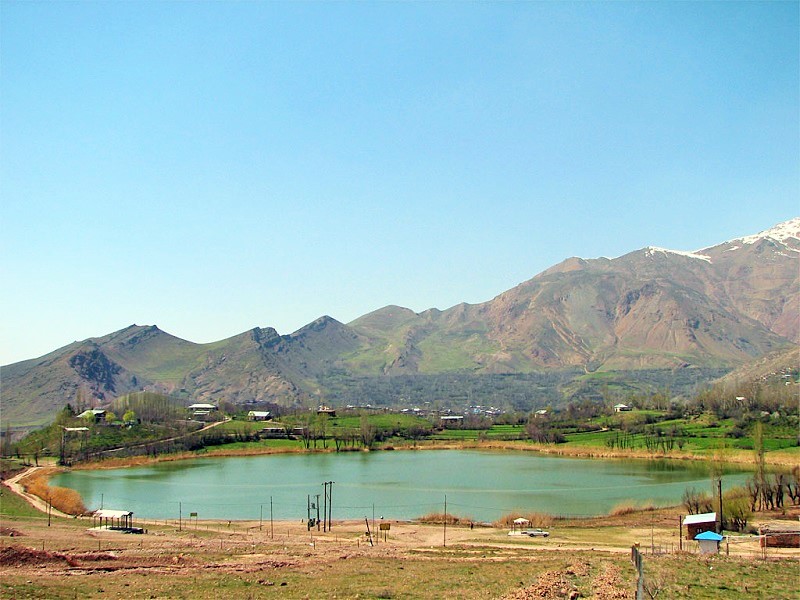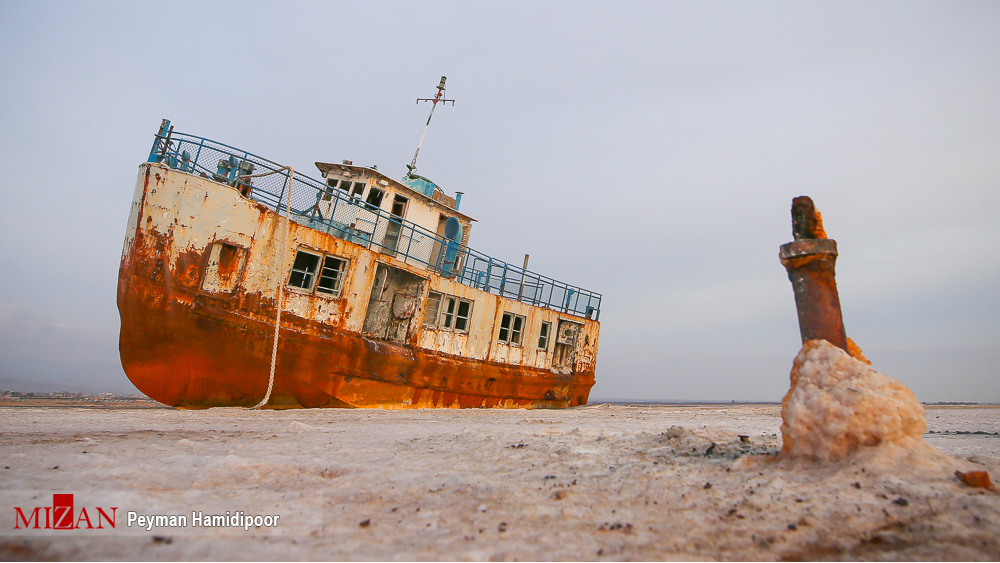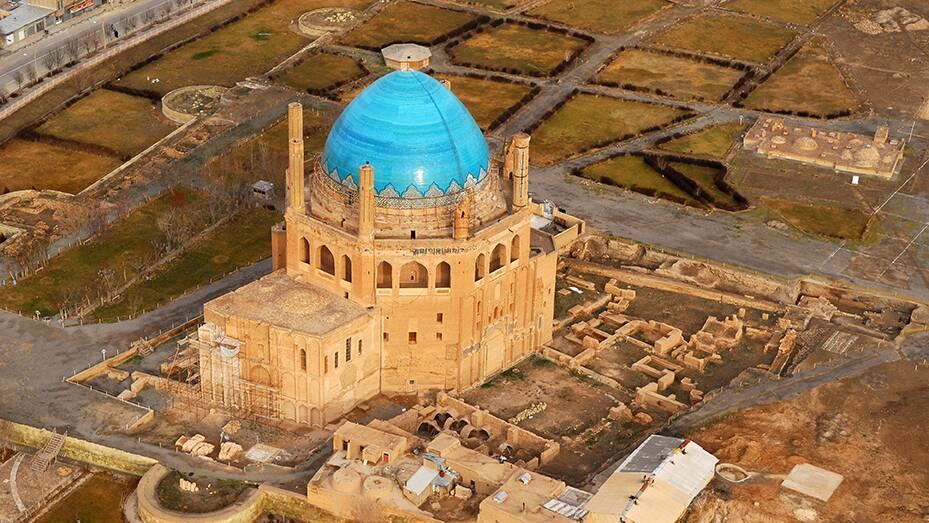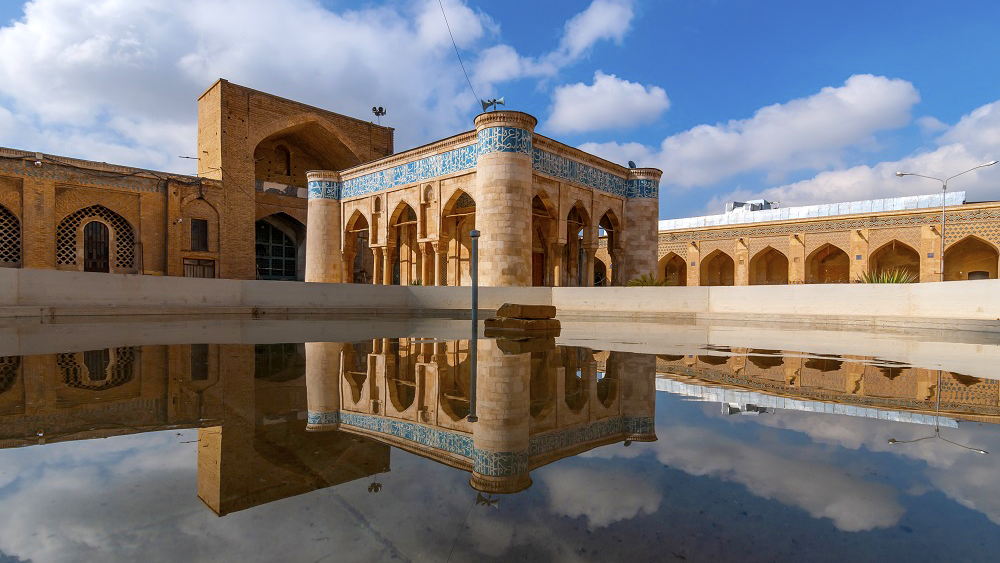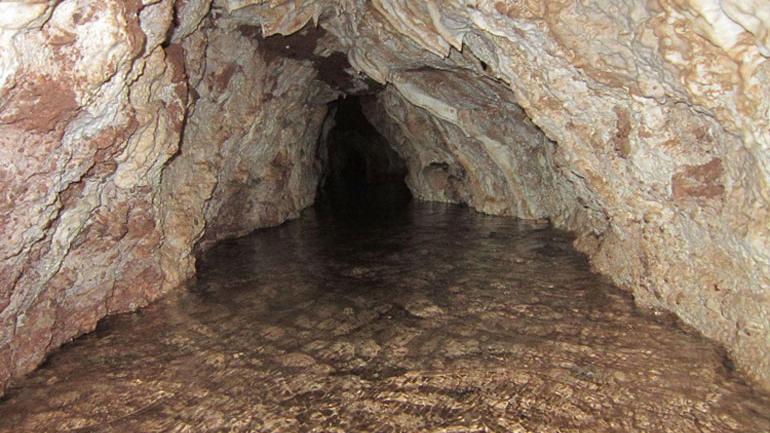
Rivers of Iran
Geographically, Iran is a country with a dry climate and most of its rivers are seasonal rivers and flow in the rainy season. However, there are some permanent rivers in Iran that flow from the Alborz and Zagros Mountain Ranges to the Caspian Sea, the Persian Gulf, and the Sea of Oman.
Most seasonal rivers of Iran drain into a catchment or dry up before reaching a catchment. The rivers of the Iranian plateau are the life-giving vessels of the ancient land of Iran. These rivers create many beauties on their way and in their catchment area and create diverse habitats for animal species.
The rivers of Iran can be divided on the basis of the drainage basins they flow into.
Rivers that Flow into the Caspian Sea
The rivers that flow into the Caspian Sea often originate from the northern heights of Alborz. Aras, Sefidrud, Chalus, Haraz, Sehazar, Babol, Telar, Tajan, Gorgan, Atrak, Qarahsu, and Neka are among the most important northern rivers of Iran. Aras River flows into the Caspian Sea after traveling 950 kilometers and passing through areas such as Moghan Plain in northwestern Iran. This river originates from Anatolia in Türkiye and is one of the border rivers of Iran.
Another important river in northern Iran is Sefidrud, which originates from the mountains of Kurdistan and flows into the Caspian Sea after traveling more than 600 kilometers. It is due to the flow of this river that Gilan Plain has become a fertile area. Sefidrud is also used for fish breeding. Fish breeding is one of the most important economic activities of the people of northern Iran, and besides Sefidrud, it is also carried out in other rivers such as the Chalus River and Haraz River. Although the Haraz River is not more than 150 km long, it irrigates a large area of Mazandaran Province. Among the rivers in the north of Iran, the Babol River is the most suitable for fish spawning and breeding. Other important rivers in northern Iran include:
• Tajan River, which passes through Sari, the central city of Mazandaran Province, and flows into the Caspian Sea.
• The Gorgan River, which flows into its own catchment area in the Gorgan Plain, after traveling 300 km.
• Atrak River, which is 500 km long, ends at Hossein Qoli Bay in Mazandaran Province during rainy seasons.
• Qarasu River, which is no more than 80 km long and originates from the east of Gorgan.
• Neka River with a length of 100 km, which starts from Shahkuh of Alborz Mountain Range in Gorgan.
Rivers that Flow into the Persian Gulf and the Sea of Oman
Most of the rivers in southern Iran originate from the Zagros Mountain Range and flow into the Persian Gulf. Arvand River, Gamasb, Karun, Jarahi, Zohreh, Dalaki, Mand, Shur, Minab, Mehran, and Naband are the most important rivers that flow into the Persian Gulf and the Sea of Oman.
Arvand River, which is formed from the confluence of the Tigris and Euphrates rivers in Iraq, is 500 meters wide and the volume of its water is considerably more than that of the other rivers that flow into the Persian Gulf.
Gamasb River, which originates from the Hamedan mountains, joins with another river named Seimare in Lorestan Province, and from then on it is known as Karkheh, which flows into the Persian Gulf.
Karun is another river in the south of Iran, which is 850 km long and irrigates many areas in the west of the country. Karun is the only navigable river in Iran between the months of December and July when its water level is higher. Some rivers, such as Dez and Jarahi, which are formed by the joining of two rivers, Zal and Maron, flow into Karun. Some rivers like Zayandeh Rud branch off from Karun, which flows towards the center of Iran.
Other rivers in southern Iran are:
• Zohreh River, which originates from Kohgiluyeh in the north of Khuzestan Province.
• Dalaki River, which starts from Arjan Plain in Fars Province and goes towards the Persian Gulf.
• Mand River, which flows from the northwestern regions of Shiraz in Fars Province and flows into the Persian Gulf near the city of Bandar Abbas.
• The Shore River, which passes through the marshy and sandy lands of the Strait of Hormuz and ends in the Persian Gulf.
• Rudan and Jaghin which join together and form the Minab River and finally flow into the Persian Gulf in the north of the Strait of Hormuz.
• Mehran and Naband rivers, which originate from the mountains of Lorestan in the north of Fars Province, and join the Persian Gulf near Bandar-e Khamir.
Rivers of the Central Drainage Basins
There are several swamps and lakes in the central regions of Iran, which are the drainage Basins of some rivers. Urmia Lake is the largest inland lake of Iran located in the northwest of this country, into which the two rivers of Zarinehrud with a length of 240 km, and Talkhinehrud with a length of 160 km flow. Siminehrud, Safirud, and several other small rivers, too, flow into this lake.
Mesileh, Hoze Sultan, and Hoze Marreh are three basins located in the central regions of Iran. Gavkhouni Swamp is also the drainage basin into which the Zayandehrud River flows. This swamp has an area of 700 square kilometers at the time of drainage and is considered one of the rich animal and bird habitats in central Iran, but is facing the danger of drying up.
Various rivers flow in Dasht-e Kavir and Lut Desert in the central regions of Iran but eventually disappear into the ground. There are also rivers in the north of Fars Province, each of which irrigates a small watershed. The Sistan region in the east of Iran is also a watershed, only 40% of which is located in Iran and the rest is located in Afghanistan. The most famous lake in Sistan is “Hamun”, whose water is supplied by the Hamun River. This lake, too, due to the lack of water in this lake and Afghanistan’s non-compliance with Iran’s water rights, has been facing drought in recent years.
Geographically, Iran is a country with a dry climate and most of its rivers are seasonal rivers and flow in the rainy season. However, there are some permanent rivers in Iran that flow from the Alborz and Zagros Mountain Ranges to the Caspian Sea, the Persian Gulf, and the Sea of Oman.
| Name | Rivers of Iran |
| Country | Iran |
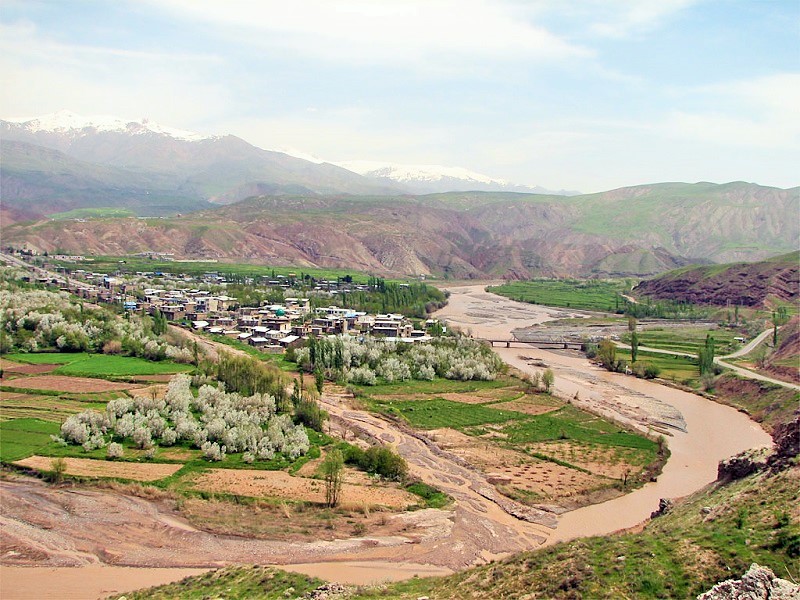
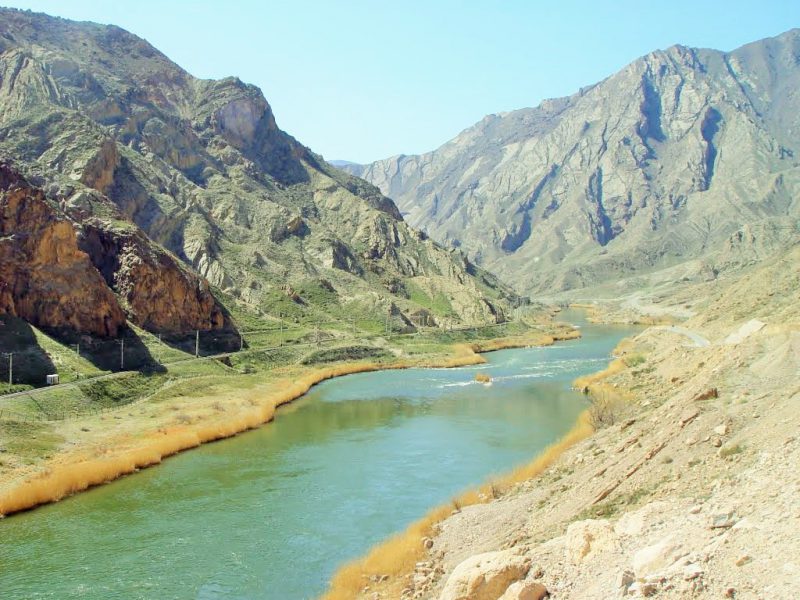
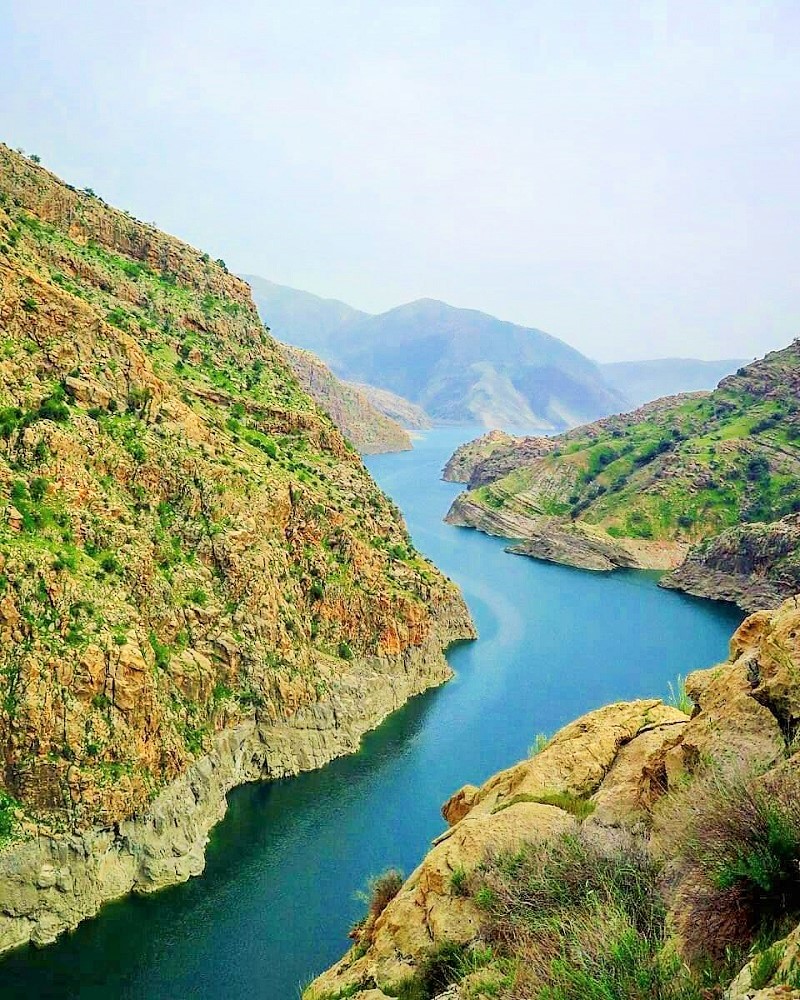



Choose blindless
Red blindless Green blindless Blue blindless Red hard to see Green hard to see Blue hard to see Monochrome Special MonochromeFont size change:
Change word spacing:
Change line height:
Change mouse type:

